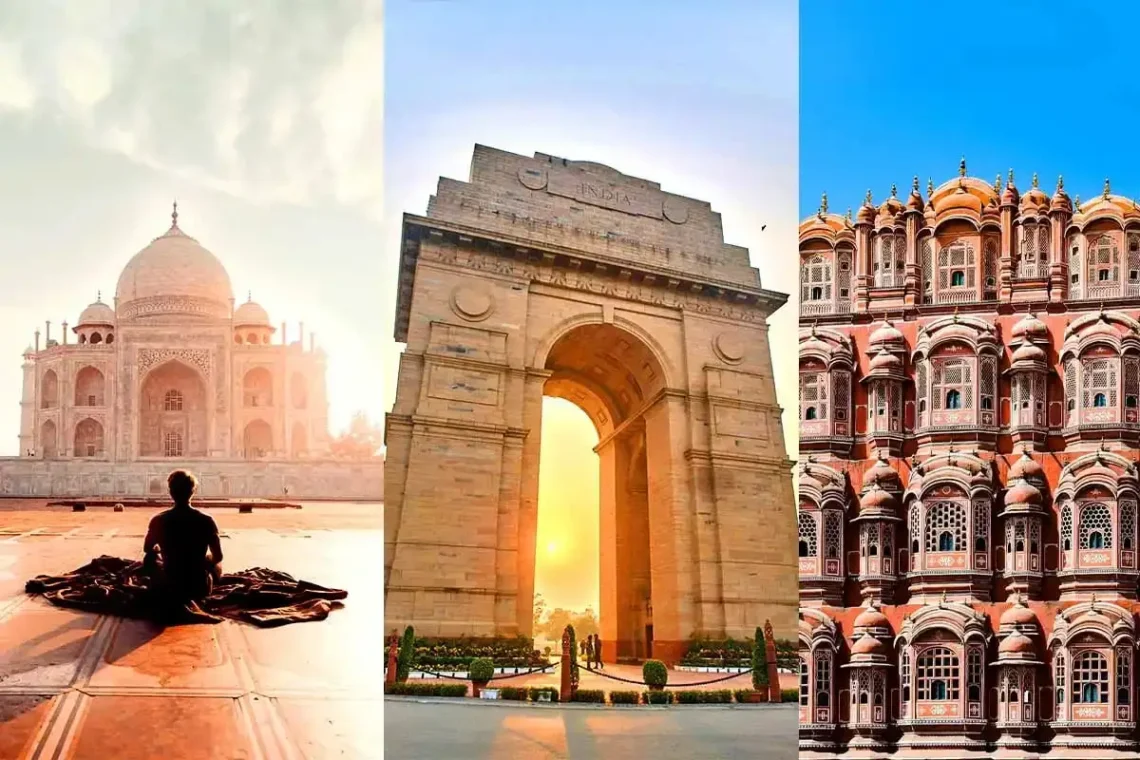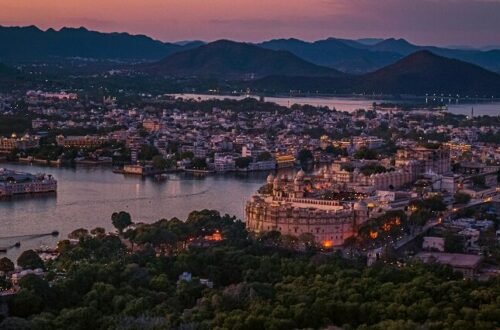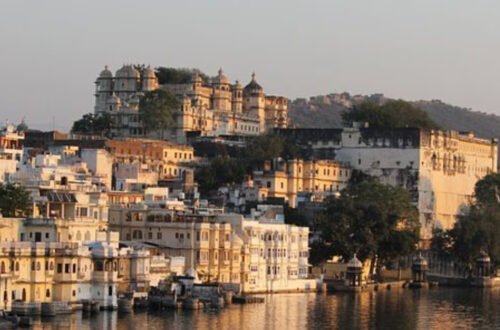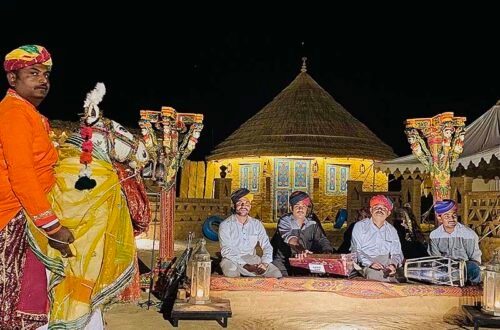India’s Golden Triangle, connecting Delhi, Agra, and Jaipur, is famed for landmarks like the Taj Mahal, Red Fort, and Amber Fort. But beyond these icons lie lesser-known treasures that offer deeper insights into India’s history, culture, and daily life. This guide takes you beyond the obvious to explore the hidden gems that enrich your Golden Triangle Tour with authenticity and intrigue.
Agrasen ki Baoli, Delhi
Hidden in the heart of Connaught Place, Agrasen ki Baoli is a 60-meter long and 15-meter wide stepwell believed to date back to the Mahabharata era. Surrounded by modern architecture, this atmospheric site is often overlooked by visitors in favor of more famous landmarks. The intricately carved steps and arched niches offer a serene retreat amid the city’s chaos. It’s not only an architectural marvel but also a perfect spot for understanding Delhi’s layered history.
Hauz Khas Village, Delhi
While most tourists focus on Humayun’s Tomb and Qutub Minar, Hauz Khas Village offers a unique blend of urban life and medieval ruins. Once a hub of Islamic learning in the 13th century, it now features a reservoir, mosque, tomb, and a madrasa surrounded by lush greenery. The area is also dotted with art galleries and cafes, making it a perfect stop for cultural exploration during your Golden Triangle circuit.
Mehtab Bagh, Agra
Located directly across the Yamuna River from the Taj Mahal, Mehtab Bagh offers one of the best unobstructed views of this iconic monument. Often skipped by tourists rushing to the main attraction, the garden is part of a Mughal-era complex that was intended to mirror the Taj itself. Visit during sunrise or sunset for a peaceful perspective on one of the world’s most visited sites—without the crowds.
Tomb of Itimad-ud-Daulah, Agra
Often referred to as the “Baby Taj,” this lesser-known tomb is a masterpiece of Mughal architecture and a precursor to the Taj Mahal. Built entirely of white marble and adorned with delicate inlay work, the tomb is the final resting place of Mirza Ghiyas Beg, the grandfather of Mumtaz Mahal. Its peaceful gardens and intricate design make it a worthwhile detour for those interested in art and history.
Chand Baori, Abhaneri (En Route to Jaipur)
This stepwell in the village of Abhaneri, located about 95 km from Jaipur, is one of the deepest and largest in India. Featuring over 3,500 narrow steps across 13 stories, Chand Baori is a visual and engineering marvel. Its geometric precision and historical function in water conservation offer a fascinating glimpse into ancient Indian ingenuity. It’s a rewarding stop for travelers heading from Agra to Jaipur.
Panna Meena ka Kund, Jaipur
Unlike the more popular Amer Fort nearby, Panna Meena ka Kund is a quiet, symmetrical stepwell that’s perfect for photography and reflection. Built in the 16th century, it served as a gathering place for locals to collect water and socialize. Its zigzag staircases are not just functional but artistically designed, making it a hidden architectural gem worth including in your Jaipur visit.
Galtaji Temple (Monkey Temple), Jaipur
Nestled in the Aravalli Hills, Galtaji is a cluster of ancient Hindu temples known for its natural springs and sacred water tanks. The temple complex is often called the Monkey Temple due to the large population of monkeys that roam freely. While the City Palace and Hawa Mahal get more attention, Galtaji offers a spiritual experience in a natural setting, making it a deeply enriching stop in Jaipur.
Ranthambore Fort, Near Sawai Madhopur
For travelers adding a wildlife element through the Golden Triangle Tour With Ranthambore, the 10th-century Ranthambore Fort offers a mix of history and panoramic views of the national park. While the safari is the main attraction, the fort’s historic temples, battlements, and structures carved into the rock provide insights into Rajasthan’s warrior past. Few tourists make the climb, but those who do are rewarded with quiet exploration and sweeping vistas.
Sisodia Rani Garden, Jaipur
Built in 1728 by Maharaja Sawai Jai Singh II for his queen, this garden is a tranquil escape on the outskirts of Jaipur. Terraced lawns, fountains, and painted pavilions celebrate the romantic themes of Lord Krishna and Radha. With fewer tourists compared to central city attractions, it’s ideal for those seeking both serenity and beauty in royal design.
Conclusion
Exploring the Golden Triangle is about more than just visiting India’s most famous sites. These hidden gems enrich your travel experience with unique stories, quiet beauty, and local perspectives. From medieval stepwells to peaceful temples and forgotten forts, each site deepens your understanding of India’s layered past and vibrant culture. Incorporating these lesser-known spots into your Golden Triangle Tour adds depth and meaning to your journey—turning a classic route into an unforgettable discovery.





